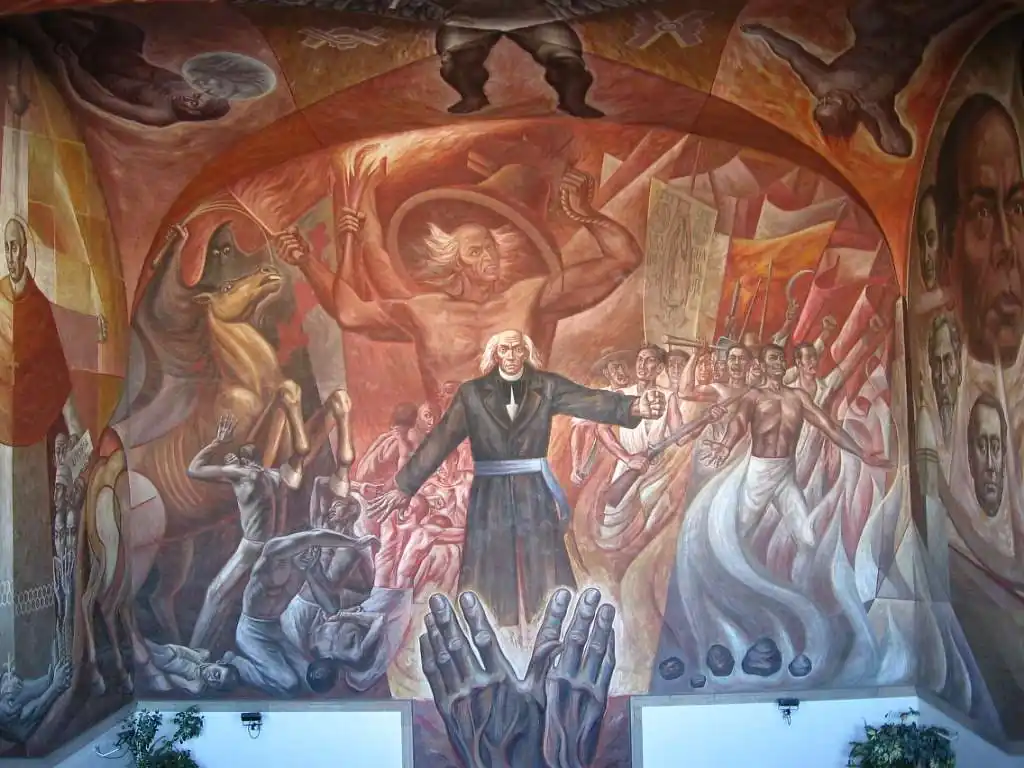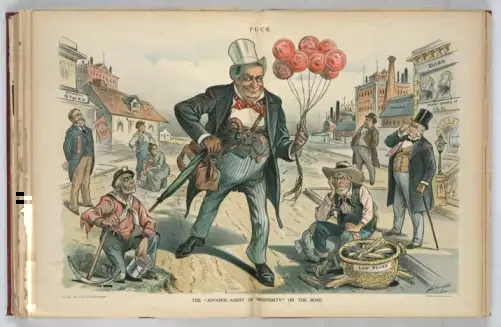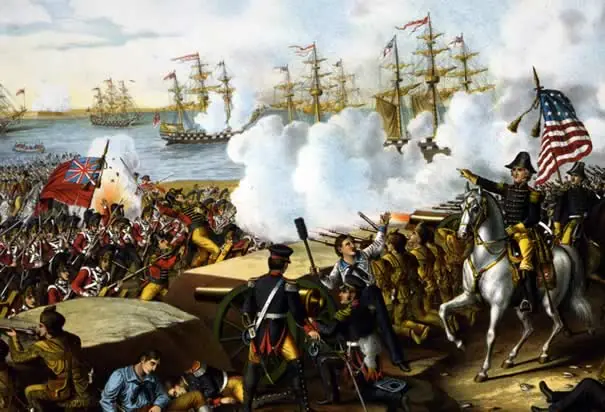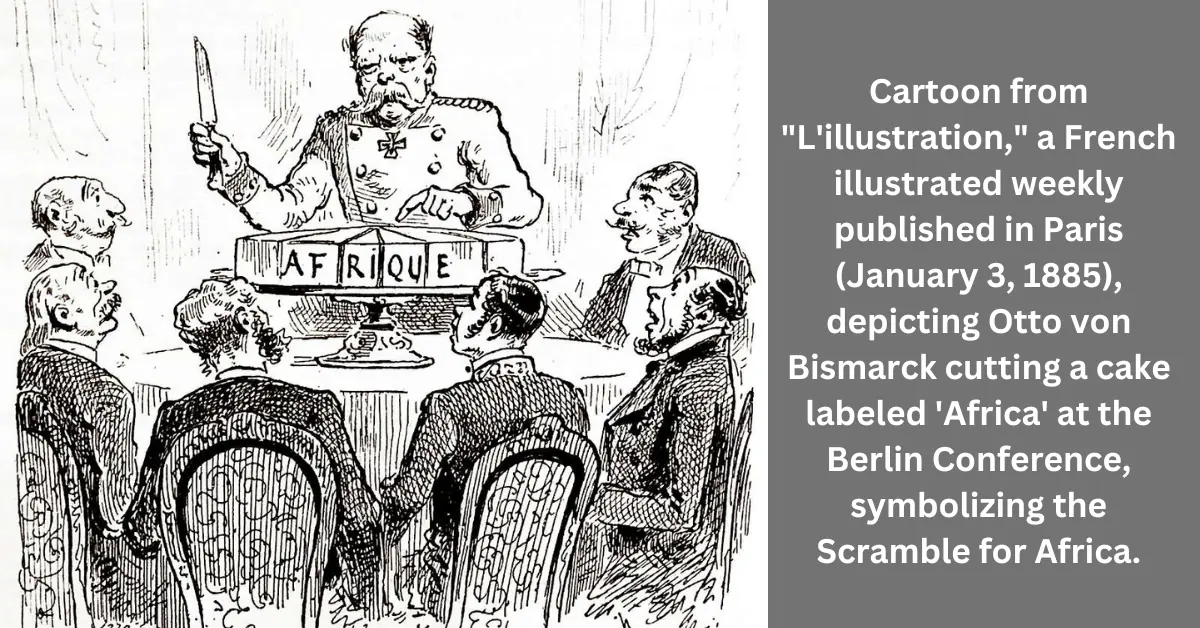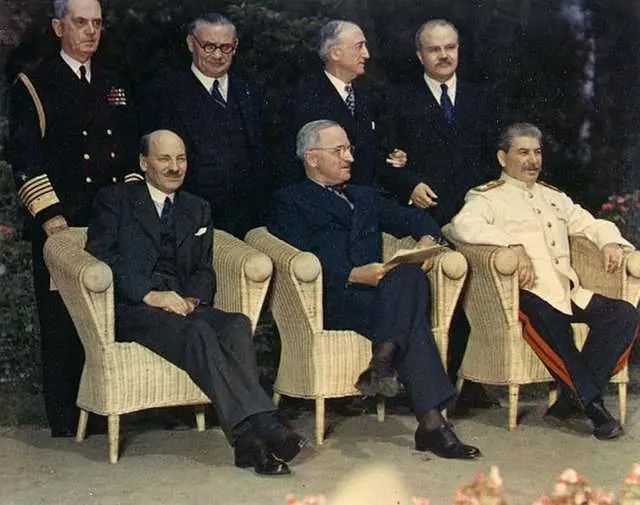The Danish West Indies’ Downfall: Unveiling the $25 Million Gold Transaction
When Christopher Columbus arrived in the Caribbean in 1493, he encountered a group of islands that he named “Las Vírgenes (The Virgins)” in honor of Saint Ursula and her 11,000 virgins. Saint Ursula was a Christian martyr who, according to legend, was accompanied by a large group of female followers. Columbus named the islands after her in respect to her legacy. Over time, the name “Las Virgenes” was Anglicized to “Virgin Islands,” and it has since been widely used to refer to the group of islands, including the United States Virgin Islands and the British Virgin Islands.
From 1672 to 1917, Denmark maintained a colony in the Caribbean known as the Danish West Indies. The history of the Danish West Indies is a captivating story that reveals the background of colonization, the slave trade across the Atlantic Ocean, and the complexities of Caribbean geopolitics. The archipelago, comprising St. Thomas, St. John, and St. Croix, served as a vessel of European imperial ambitions, economic exploitation, and cultural assimilation.
💻 Table of Contents:
- Early Exploration and Colonization
- Economic Foundations
- Napoleonic Wars and British Occupation
- Resistance and Rebellion in Danish West Indies
- Abolition of Slavery in Danish West Indies
- The Sinking of the Lusitania: A Turning Point in U.S. Acquisition Plans
- Legacy and Cultural Impact
 |
| Danish West Indies |
Every March 31, the U.S. Virgin Islands, including Saint Thomas, Saint John, and Saint Croix,
remember “Transfer Day.” This is the day when the United States bought these islands from Denmark. The U.S. Virgin Islands is the only permanently inhabited territory of the United States that was acquired through a purchase from another imperial power.
The negotiations between the U.S. and Denmark lasted for more than 50 years before they finally agreed to transfer control in 1917. This article delves into the multifaceted history of the Danish West Indies, tracing its origins, the economic forces that shaped its destiny, and the pivotal moments that ultimately led to its transfer to the United States.
Early Exploration and Colonization:
The Danish West Indies can trace its historical roots to the early 17th century when Denmark, like other European powers, sought to expand its overseas territories. That time, sugar became a highly coveted commodity in Europe. The kingdom of Denmark-Norway, aiming to benefit from this sweet product, decided to back colonization endeavors in the West Indies.
In 1671, the West Indian Company was established in Copenhagen, and in 1672, they established a settlement on the uninhabited island of St. Thomas. In the years that ensued, the company concentrated on establishing plantations and cultivating sugar cane on the island. Working in the hot tropical climate was very difficult, and there were not enough workers available, and they faced a scarcity of workers.
The scarcity of workers in the Danish West Indies was resolved through one of the most horrific crimes against humanity in world history: the transatlantic slave trade. Prior to colonizing St. Thomas, Denmark had constructed forts on the west coast of Africa for the purpose of trading goods, including enslaved Africans.
This marked the beginning of a large-scale trade and transportation of human beings across the Atlantic, where they were purchased by plantation owners to labor in the production of sugar. It is estimated that around 120,000 enslaved Africans were transported to the Caribbean on Danish ships. Tragically, many did not survive the treacherous journey, and those who did faced a harsh and brutal fate in the sugarcane fields.
 |
| Steeple Building and Danish West India & Guinea Company Warehouse |
Over time, all the available land on St. Thomas was cultivated, prompting the Danes to seek new territories for plantation expansion. In 1718, they established a colony on the uninhabited island of St. Jan (now St. John). However, the hilly landscapes of both St. Thomas and St. Jan proved unsuitable for growing sugar cane. Recognizing the need for a more conducive environment, Denmark-Norway decided to acquire the flatter and more suitable island of St. Croix for sugar production. In 1733, they purchased St. Croix from France, and these three islands together formed the Danish West Indies.
💻 You May Also Read:
- The Age of Exploration: Christopher Columbus and the New World Discovery
- The Monroe Doctrine: American Plan for the Americas
- The Transatlantic Slave Trade: A Grim Historical Chapter
Economic Foundations:
The islands quickly became important to the Atlantic trade network, their economies driven by the lucrative production of sugar, rum (a distilled alcoholic beverage), and other commodities. Plantations increased, and the labor-intensive cultivation of sugarcane became the foundation of the Danish West Indies’ economy. Unfortunately, this economic success was built on the brutal foundations of the transatlantic slave trade, as enslaved Africans were forcibly brought to the islands to work on the plantations.
Napoleonic Wars and British Occupation:
The Danish West Indies faced significant challenges in the early 19th century. The Napoleonic Wars brought about a time of great turmoil, and Denmark found itself caught in the midst of European conflicts. In 1807, due to concerns that Denmark might ally with Napoleon, the British initiated an attack on the Danish fleet. As a strategic maneuver to safeguard these valuable Caribbean territories and prevent them from falling under French control, the British occupied the Danish West Indies in December, 1807. The British stayed in the Danish West Indies until November 20th, 1815, when they gave the islands back to Denmark.
 |
| The Port of St. Thomas |
Resistance and Rebellion in Danish West Indies:
Enslaved Africans in the Danish West Indies responded to their inhumane conditions with acts of resistance. Some chose freedom by hiding in the bush or escaping to neighboring islands, a practice known as “marooning.” There were also direct rebellions, such as the 1733 uprising on St. Jan, where the enslaved population took control of the entire island for over six months. The rebellion was ultimately suppressed with the assistance of French and English neighbors.
Today, the rebellion of 1733 is commemorated through an annual Historic & Commemorative Tour on St. John. Even after slavery was abolished in 1848, uprisings continued, including the notable Fireburn rebellion of 1878 on St. Croix.
Abolition of Slavery in Danish West Indies:
In 1848, a significant event took place in the history of the Danish West Indies. Denmark made an important decision to end slavery in its Caribbean colonies. This action, called emancipation, was a progressive step that happened before other European colonial powers took similar actions.
Denmark became the first country to ban the transportation of enslaved people across the Atlantic Ocean in 1803. However, it’s important to note that Denmark was not among the first nations to completely abolish slavery itself. This change brought its own set of difficulties. With the end of slavery, there was a need to find a new source of labor. The Danish authorities brought in workers from different parts of the world as a solution to the labor shortage. This had a big impact on the islands, changing the population and culture in significant ways.
The Sinking of the Lusitania: A Turning Point in U.S. Acquisition Plans
Since 1867, the United States initiated several attempts to acquire control over the Danish West Indies, which are now known as the Virgin Islands. However, it took a long time for the islands to become a part of the U.S. due to political challenges. Finally, on March 31, 1917, the islands were officially transferred from Denmark to the United States.
 |
| Sinking of Lusitania |
But after the sinking of the Lusitania on May 7, 1915, the U.S. became worried about the possibility of Germany taking control of the Danish West Indies. The Lusitania was a British ocean ship that was sunk by a German submarine near Ireland. The attack resulted in the loss of nearly 1,200 lives, including 128 Americans. The sinking of the Lusitania played a significant role in increasing public sentiment against Germany and ultimately influenced the United States’ decision to enter the war on the side of the Allies.
President Woodrow Wilson and Secretary of State Robert Lansing wanted to prevent the Germans from using the islands as a base for naval or submarine attacks in the Caribbean and Atlantic. At first, the Danish Minister, Constantin Brun, resisted the U.S. efforts in October 1915. However, the Danish government eventually agreed to Lansing’s terms because they preferred a peaceful transfer rather than having their islands occupied.
On August 4, 1916, a treaty (Treaty of the Danish West Indies) was signed in New York, officially known as the Convention between the United States and Denmark for cession of the Danish West Indies, and on March 31, 1917, the islands were formally transferred ownership of the Virgin Islands in the Danish West Indies from Denmark to the United States. In exchange for the islands, the United States paid Denmark a sum of US$25,000,000 in gold (equivalent to approximately $722 million in 2025).
This treaty marks one of the more recent instances of the United States expanding its territory on a permanent basis. This transaction was motivated by strategic considerations, as the United States sought to secure its interests in the Caribbean and prevent any potential threat posed by European powers.
Legacy and Cultural Impact:
The history of the Danish West Indies had a lasting impact on the cultural identity of the islands. The legacy of slavery, the journey towards emancipation, and the shifts in ownership have all contributed to the rich and dynamic cultural tapestry of the United States Virgin Islands. The local traditions, languages, and customs vibrantly represent the influence of historical events that have shaped these islands throughout the centuries.
 |
| Signing check to Danish Gov’t. for purchase of Danish West Indies, March 1917 |
Conclusion:
The history of the Danish West Indies is a captivating tale that stretches across centuries, encompassing the intricacies of colonialism, economic exploitation, and geopolitical dynamics. From the initial stages of European exploration to the eventual sale to the United States in 1917, the islands experienced significant changes that molded their identity and future. The narrative of the Danish West Indies stands as a testament to the interwoven nature of global history and the lasting influence of past events on the present reality of the United States Virgin Islands.
Frequently Asked Questions and Answers
Why did Denmark sell the Danish West Indies to the United States?
Denmark sold the Danish West Indies to the United States in 1917 for $25 million in gold due to economic difficulties and concerns about Germany potentially taking control of the islands during World War I.
What was the significance of the Lusitania sinking in the U.S. purchase of the Danish West Indies?
The sinking of the Lusitania in 1915 heightened U.S. fears that Germany might seize the Danish West Indies, prompting the U.S. to expedite negotiations for their purchase to secure strategic control in the Caribbean.
When and how did slavery end in the Danish West Indies?
Slavery was abolished in the Danish West Indies on July 3, 1848, after increasing resistance and uprisings by enslaved people, leading the Danish governor to declare emancipation to prevent further unrest.
What islands were part of the Danish West Indies?
The Danish West Indies consisted of three islands: St. Thomas, St. John, and St. Croix, which later became the U.S. Virgin Islands after the 1917 transfer.

